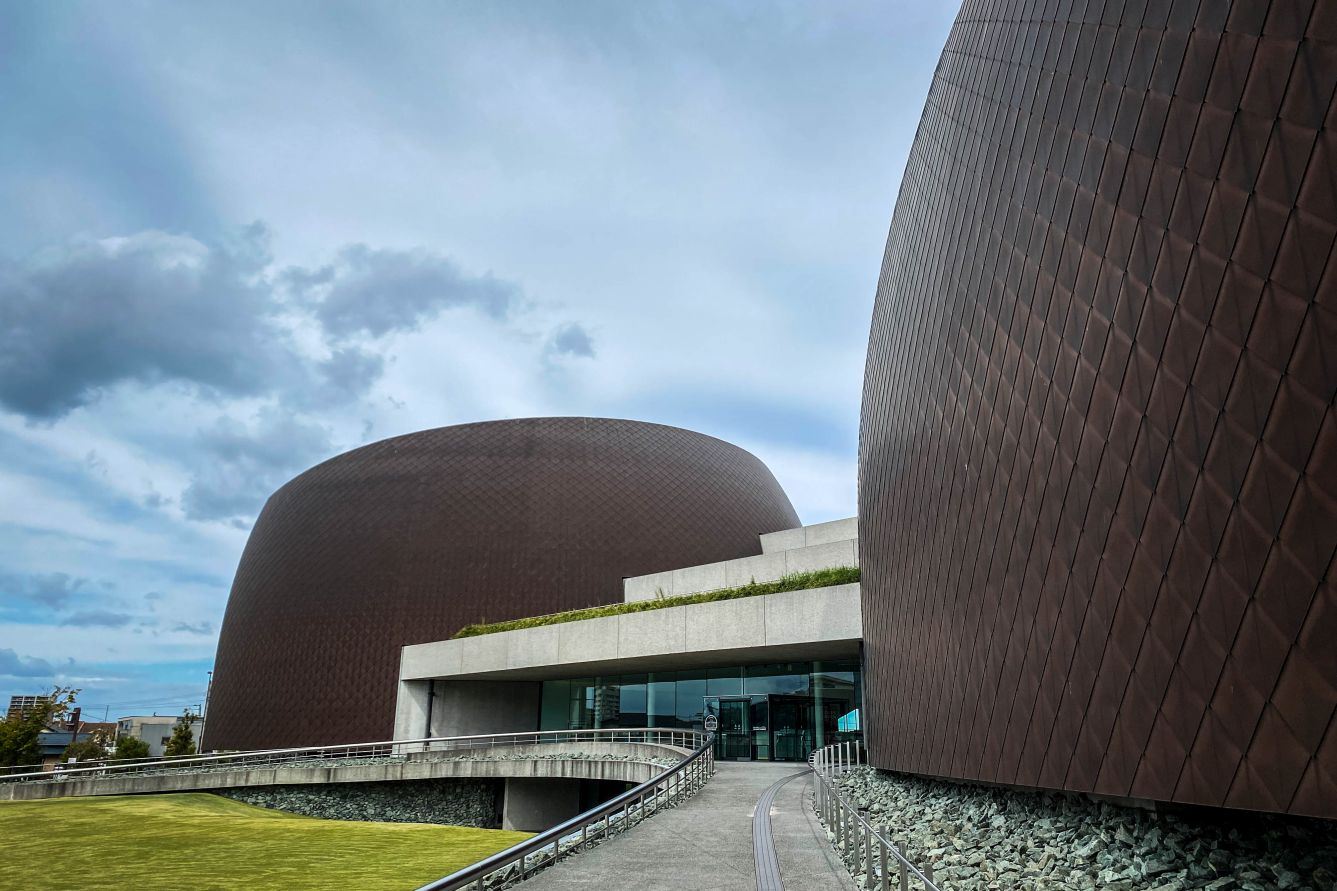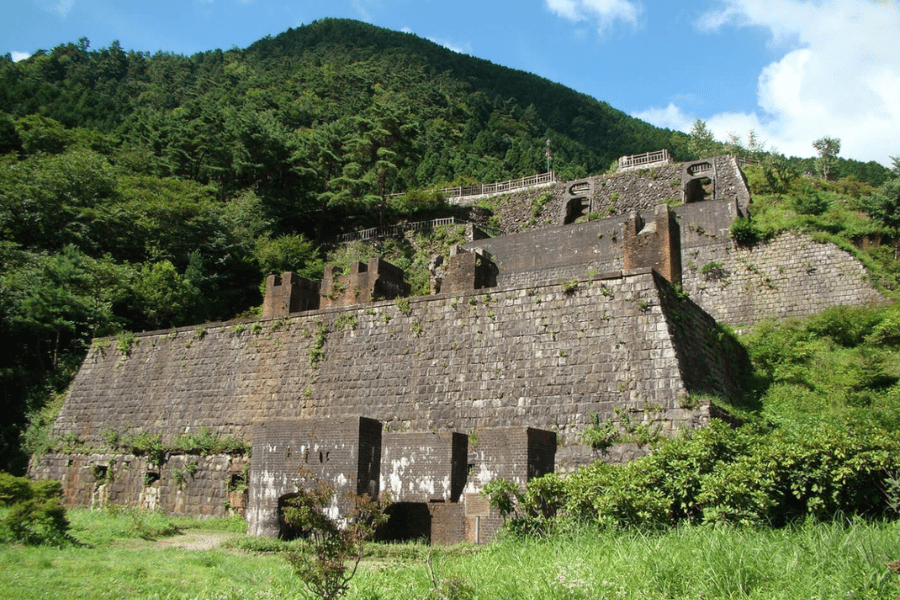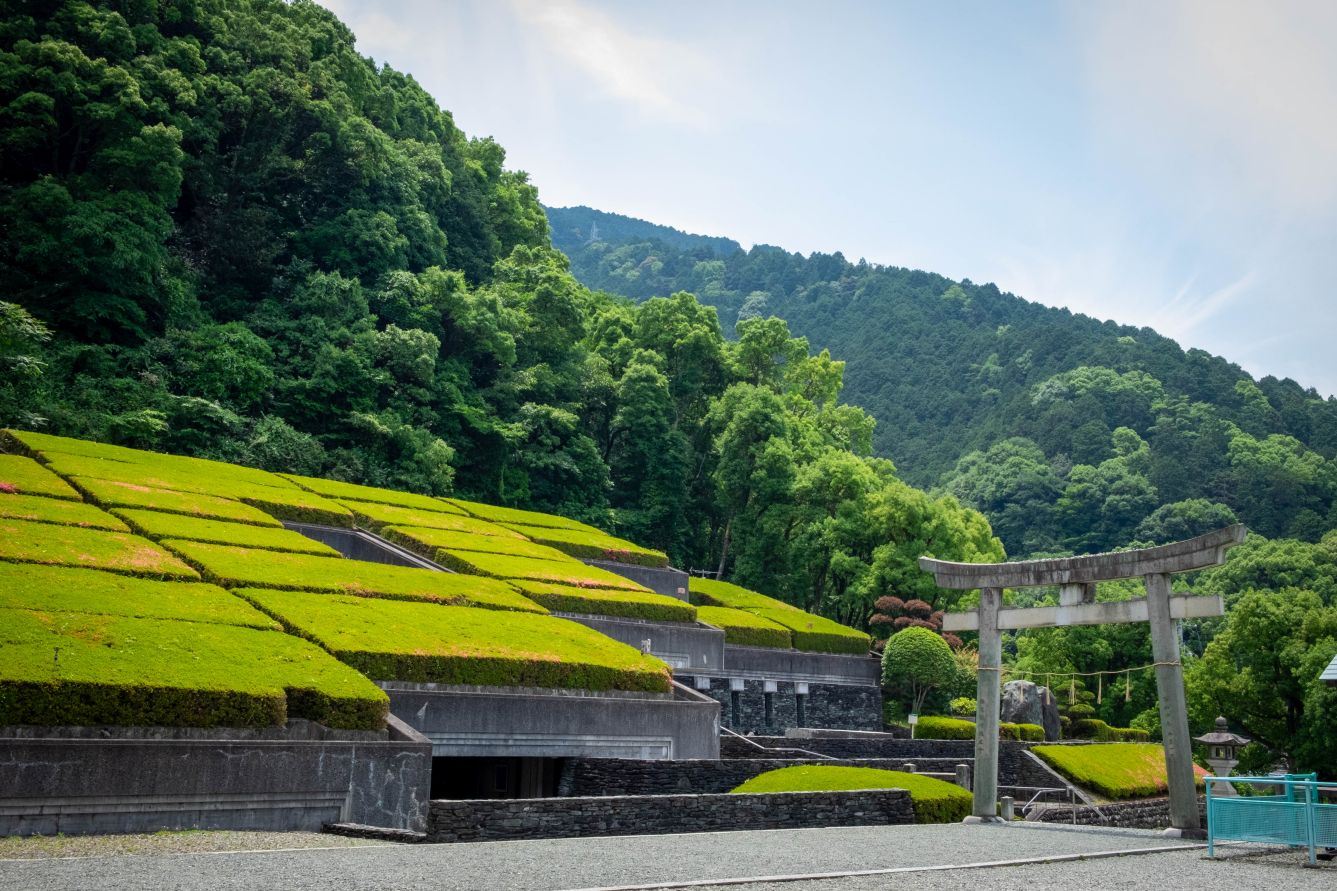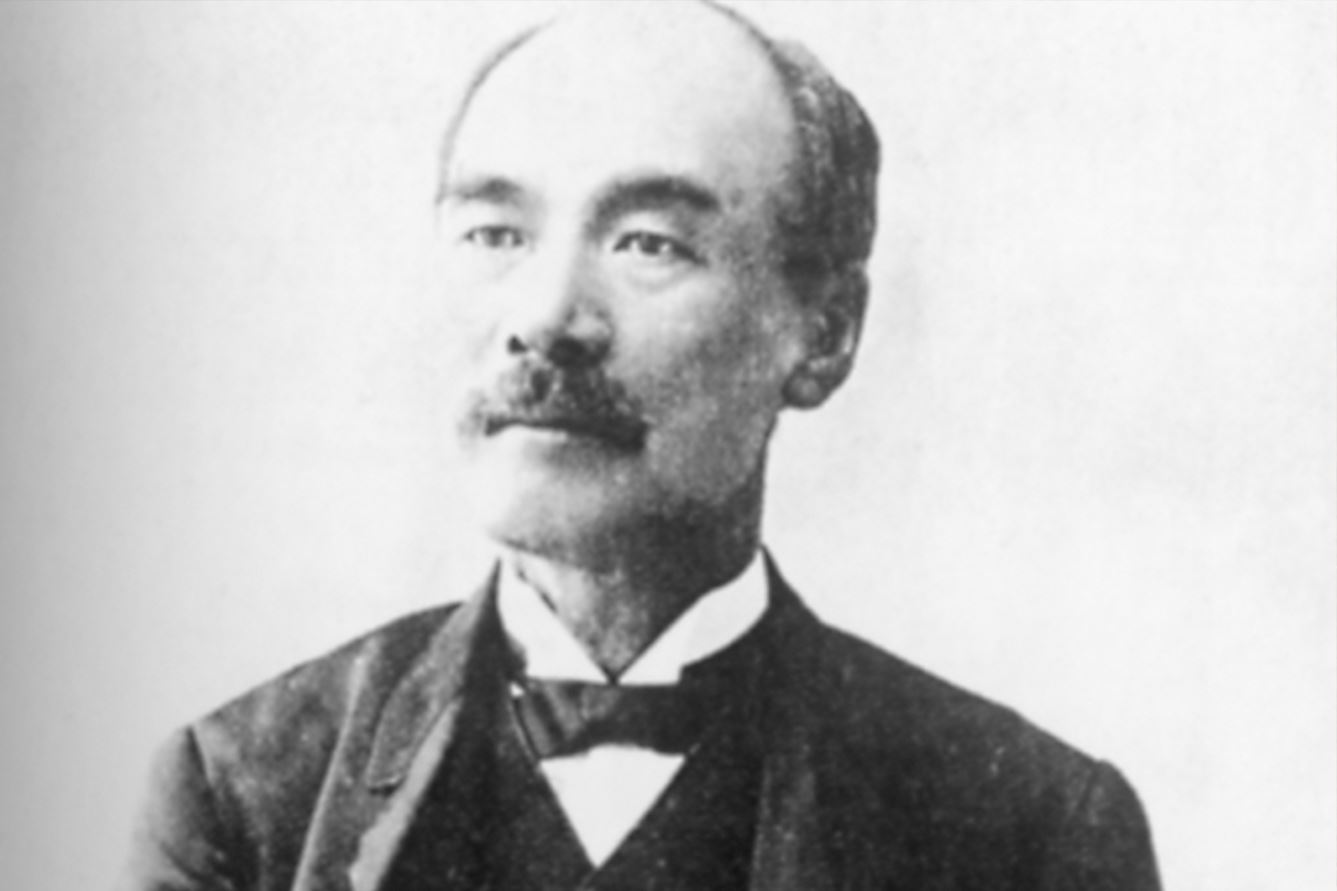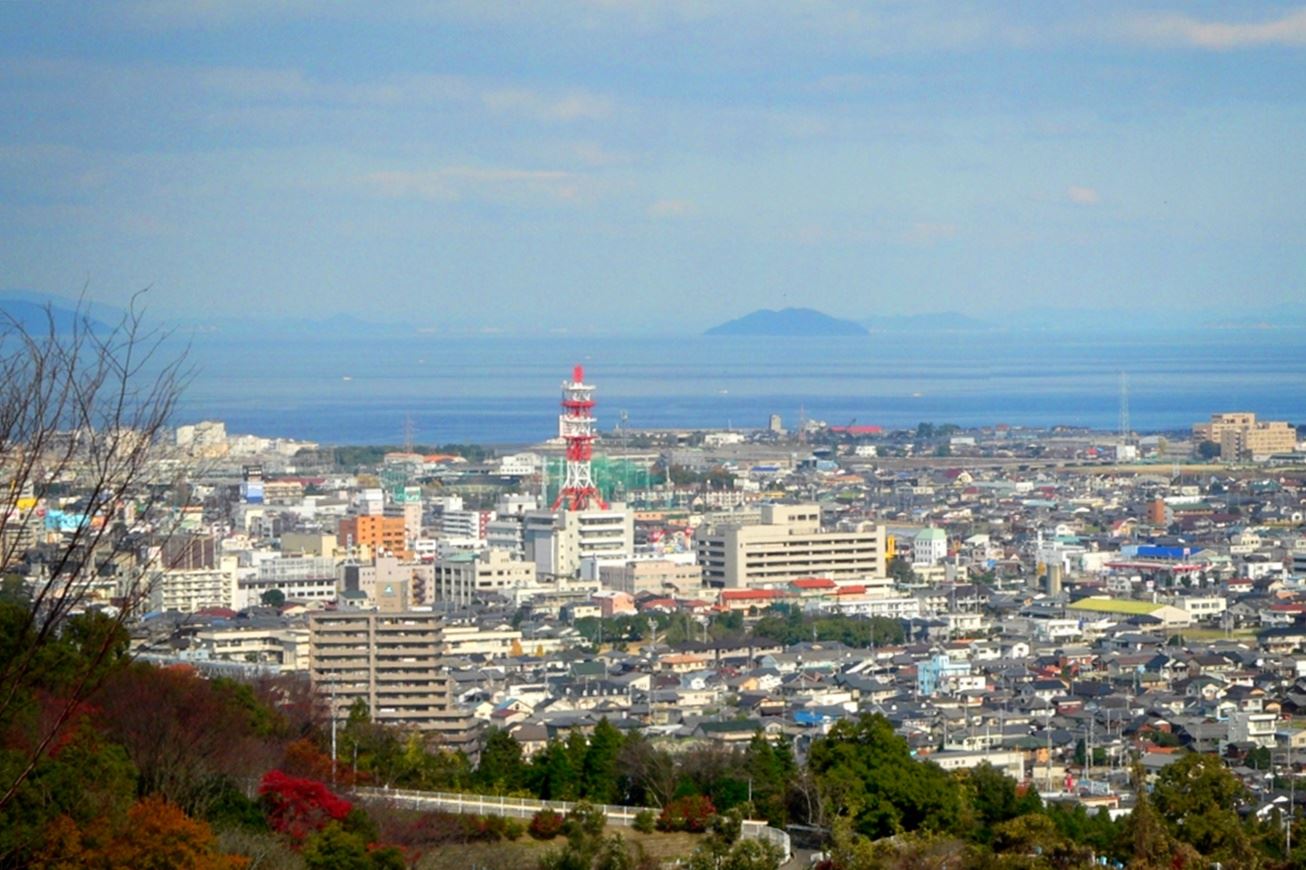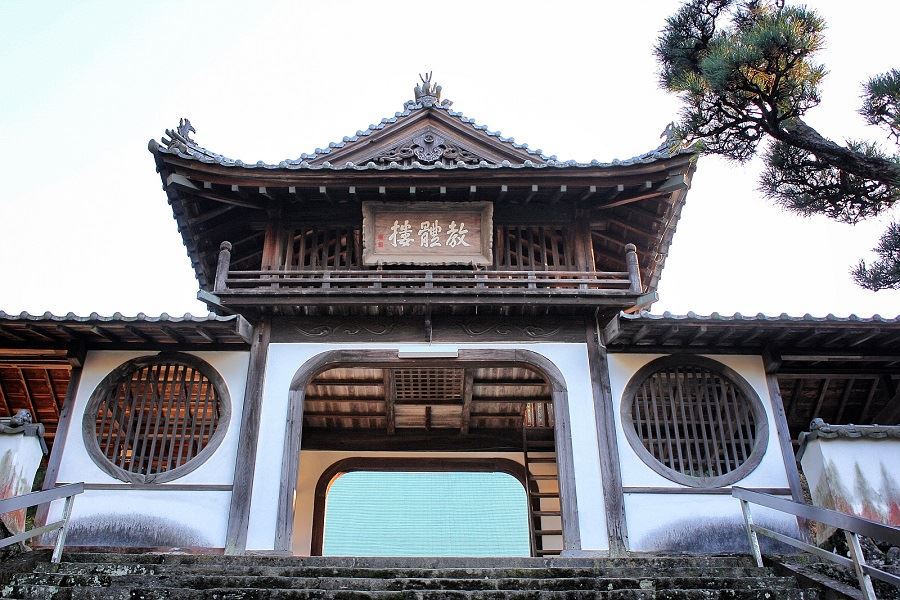Hirose Memorial Museum
Home » Hirose Memorial Museum
Hirose Memorial Museum
The Hirose Memorial Museum commemorates the life of Hirose Saihei, overseer of the Sumitomo operations at Besshi Copper Mine in Niihama. The museum comprises a modern exhibition hall and the elegant Meiji-period home where Saihei lived.
Saihei began his career with Sumitomo at the astonishing age of nine when an uncle who worked at the company took him to live at Besshi. Thanks to his manifest talents, he quickly rose to become overseer of all Sumitomo’s businesses, retiring from the position at the age of 66. Besshi Mine started operations in the Edo period, employing a great deal of human power. Saihei modernised the mine, introducing a steam railway at the mine, modern smelting to extract all of the metals from ore, and steamships to carry the ingots. He enjoyed the sight of the smoke rising from Sumitomo’s chimneys as an unmistakeable symbol of progress.
Exhibition Hall
The exhibition hall is built next to a large pond dug in the Edo period to feed local rice fields. Built in a modern style by the architects responsible for Tokyo Sky Tree, the exhibition hall is designed to resemble a ship. The resemblance is especially recognisable when viewed from the other side of the pond. The tower is actually a periscope, and mirrors inside show views of the mountain where the mine is located, and the port of Niihama from which Saihei’s beloved smoke rose. At the entrance to the museum is a life-size bronze of Saihei Hirose. The exhibition hall presents the life and achievements of Saihei Hirose using contemporary artifacts, reconstructions, and videos. It also depicts the early years of Niihama and the industrialization of Japan.
The Hirose Residence
The residence was originally built in Kubota in central Niihama from the end of the Edo period to the middle of the Meiji period. In 1887, the residence was relocated from Kubota to its current location, and further additions were made. The huge tree by the entrance gate was also replanted from the original site.
The Hirose residence combined Hirose’s home and a guesthouse for important visitors. It’s been designated an Important Cultural Property of Japan for the way in which it reflects the style of the Edo period with innovations taken from the West – porcelain lavatories, fireplaces, glass windows, and lightning conductors.
On the second floor is a room named the Smoke Viewing Observatory. It offers a fine view over Niihama City and islands in the Seto Inland Sea. The area in front of the house is planted with a mass of cherry trees, and behind the residence is a fine example of a traditional Japanese garden with a pond, thatched tea house, stone lanterns and other ornamentation.
Information
Name in Japanese: 広瀬歴史記念館
Pronunciation: hirose rekishi kinenkan
Address: 2-10-24 Uwabara, Niihama-shi, Ehime 792-0046
Related Tours

Experience the most beautiful and interesting temples of the Shikoku Pilgrimage in seven days.

A tour for families or friends, staying in the most characterful kominka and ryokan of Shikoku.

Visit the most beautiful and interesting temples of the Shikoku Pilgrimage and walk the toughest trails.

